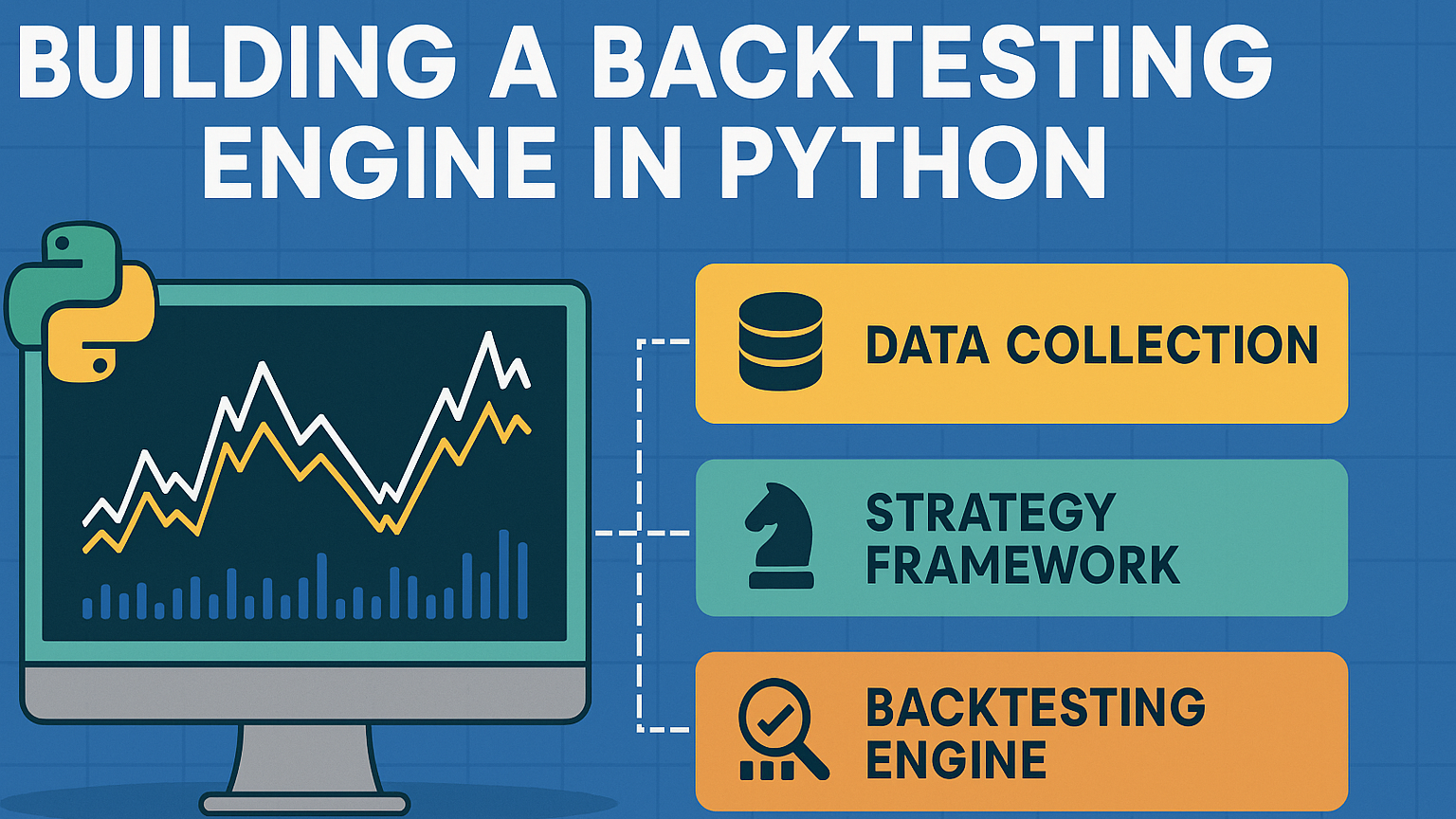Tweezer Tops and Bottoms are key candlestick patterns that signal potential market reversals, aiding traders in making informed decisions.
Tweezer Tops and Bottoms are candlestick patterns used in trading to identify potential market reversals. They occur when two consecutive candlesticks share the same high (Tweezer Top) or low (Tweezer Bottom) price, signaling a possible trend change. Here's a quick breakdown:
- Tweezer Top: Appears in an uptrend, with the first candle bullish and the second bearish, sharing the same high price. Indicates weakening buyer momentum.
- Tweezer Bottom: Appears in a downtrend, with the first candle bearish and the second bullish, sharing the same low price. Suggests fading seller pressure.
- Best Context: These patterns are more reliable near support/resistance levels, Fibonacci retracements, or high-volume areas.
- Time Frames: Daily and weekly charts provide the most dependable signals.
Key Trading Tips:
- Combine Tweezer patterns with indicators like RSI, MACD, or volume analysis for confirmation.
- Use stop-loss levels just beyond the pattern's high/low to manage risk.
- Focus on patterns aligning with broader market trends for better results.
Tweezer patterns can be a useful guide for spotting reversals, but always confirm with additional analysis and market context.
Learn To Trade With The Tweezer Candlestick Pattern
Pattern Structure
Tweezer patterns are often seen as indicators of potential market reversals. Spotting these patterns can help traders make more informed decisions.
Tweezer Top Formation
A Tweezer Top occurs during an uptrend when two or more consecutive candlesticks hit the same high price. The first candle is bullish, signaling continued upward momentum, but the second candle is bearish, hinting that the trend might be weakening.

Key characteristics:
- Direction: The first candle is bullish, and the second is bearish.
- High Prices: Both candles share the same high price.
- Body Size: The first candle usually has a longer body, while the second can vary.
- Trend Context: This pattern appears during an uptrend.
Tweezer Bottom Formation
A Tweezer Bottom shows up in a downtrend when two or more consecutive candlesticks hit the same low price. The first candle is bearish, but the second turns bullish, suggesting that selling pressure might be fading as buyers step in.

Pattern Variations
Tweezer patterns can take different forms, each adding context to the potential reversal:
- Standard Formation: Two candlesticks with matching highs (or lows), opposite-colored bodies, and a preceding trend.
- Engulfing: The second candle completely covers the first candle's range, strengthening the reversal signal.
- Long Shadow Variants: Candles with extended wicks, highlighting strong price rejection.
- Doji Inclusion: Neutral or doji candles may appear, which can make the pattern less reliable.
These variations can improve the signal's reliability when combined with other technical indicators. For example, Tweezer Top patterns have shown a success rate of about 56%. This highlights the importance of confirming these patterns with additional tools and analyzing the broader market context. Reliable patterns typically align with a preceding trend and are confirmed by subsequent price movements, while those without such validation may not signal a reversal effectively.
Pattern Recognition Guide
Learn to identify Tweezer patterns by focusing on their main features and using reliable confirmation methods.
Pattern Identification Steps
- Trend Check: Confirm the price is in an uptrend for Tweezer Tops or a downtrend for Tweezer Bottoms.
- Matching Price Levels: Look for identical highs in Tops or identical lows in Bottoms.
These patterns are more dependable when they appear near key support or resistance levels.
Best Time Frames
The time frame you choose can greatly influence how reliable the pattern is. Here's a breakdown:
| Time Frame | Reliability | Best Use Case |
|---|---|---|
| Daily | Highest | Commonly used by both retail and institutional traders |
| Weekly | High | Ideal for identifying long-term trend reversals |
| Intraday (<1 day) | Low | Often unreliable due to frequent false signals |
Steve Nison, known for popularizing candlestick patterns in Japanese Candlestick Charting Techniques, advises using daily charts for the most accurate signals. This method reduces market noise, making it a favorite among institutional traders.
Once you spot a pattern, the next step is to confirm its validity.
Pattern Confirmation Methods
To ensure a pattern is genuine, combine several confirmation techniques:
- Technical Indicators: Use tools like RSI or Stochastic to check for overbought conditions in Tweezer Tops. MACD divergence can also back up the pattern.
- Volume Analysis: For Tweezer Tops, watch for a drop in volume during the uptrend, followed by a sharp rise when the bearish candle forms.
- Support/Resistance Levels: Patterns hold more weight when Tweezer Tops align with known resistance zones or Tweezer Bottoms occur at established support levels.
Trading Methods
Trade Entry and Exit Rules
Follow these guidelines for entering and exiting trades:
| Pattern Type | Entry Signal | Exit Condition |
|---|---|---|
| Tweezer Top | Enter a short position after a confirmed bearish candle | Exit at the nearest support level or if the price moves above the pattern high |
| Tweezer Bottom | Enter a long position after a confirmed bullish candle | Exit at the nearest resistance level or if the price moves below the pattern low |
Only enter trades once the pattern is confirmed. If you're cautious, consider waiting for an additional confirming candle. For instance, you could wait for the price to break below the pattern's low and then set a stop-loss slightly above its high.
Stop Loss Guidelines
Here’s how to set stop-loss levels:
- For Tweezer Tops: Place your stop-loss slightly above the pattern's high.
- For Tweezer Bottoms: Place your stop-loss slightly below the pattern's low.
For example, in a EUR/USD trade: If a Tweezer Top forms at 1.2000, you could enter a short position at 1.1995, set a stop-loss at 1.2020, and aim for a support level around 1.1900.
These stop-loss placements work well when paired with indicator analysis to confirm reversals.
Indicator Combinations
Enhance Tweezer pattern reliability by using these indicators:
- Volume Analysis: Check for rising volume during the pattern's formation to strengthen the reversal signal.
- Moving Averages: Use them to understand the trend and spot key support or resistance levels.
- RSI (Relative Strength Index): Confirm whether the market is overbought or oversold.
- Fibonacci Retracement Levels: Identify critical price levels for setting stops and profit targets.
Combining Tweezer patterns with these indicators, especially at critical price levels, can provide strong reversal signals. Pay attention to candle features like long shadows or wicks for added confirmation.
Advanced Techniques
Building on the trading setup guidelines, these advanced methods help refine your analysis of Tweezer patterns by incorporating time frames, volume, and market context.
Time Frame Analysis
Looking at multiple time frames gives you a broader perspective on price movements. A three-time-frame approach is often used:
| Time Frame | Purpose | Focus |
|---|---|---|
| Long-term (Daily/Weekly) | Identify the dominant trend | Overall market direction and key levels |
| Medium-term (4H/1H) | Spot short-term trends | Confirm patterns |
| Short-term (15M/30M) | Pinpoint entry points | Timing entries and managing risk |
For instance, when trading EUR/USD, start with the daily chart to determine the main trend. Then, examine the 4-hour chart for potential Tweezer patterns, and finalize your entry using the 30-minute chart. Keep in mind that Tweezer patterns tend to be more dependable on longer time frames. Once the trend is clear, analyzing volume can provide additional confirmation of pattern strength.
Volume Impact
Volume plays a key role in verifying Tweezer patterns and gauging momentum. For Tweezer Tops, look for declining volume during the uptrend, which indicates weakening buying interest, followed by a volume spike on the bearish candle to confirm strong selling pressure. On the other hand, for Tweezer Bottoms, a high volume on the bullish candle, paired with sustained buying pressure, adds weight to the reversal signal. However, volume alone isn’t enough—understanding the broader market context is equally important.
Market Context Analysis
The surrounding market environment greatly affects the reliability of Tweezer patterns:
| Market Condition | Pattern Reliability | Trading Approach |
|---|---|---|
| Strong Trend | High | Trade pullbacks in the trend's direction |
| Range-bound | Low | Avoid trading these patterns |
| Key Price Levels | Very High | Focus on support and resistance zones |
Tweezer patterns are most effective during clear trends, especially at pullbacks. For example, a Tweezer Bottom forming at a strong support level within an overall uptrend provides a stronger signal than the same pattern in a sideways market. Prioritize patterns that align with the prevailing market trend and key technical levels for better trading opportunities.
Summary and Implementation
Let’s break down the essentials of Tweezer patterns and how you can effectively use them in your trading strategy.
Main Points Summary
Tweezer Tops and Bottoms can help spot potential market reversals when applied correctly.
| Component | Key Factors | Action Steps |
|---|---|---|
| Pattern Structure | Consecutive candles at the same price level | Look for strong wicks |
| Price Location | Appears at support/resistance levels | Confirm technical importance |
| Volume Profile | Volume on the second candle | Validate pattern strength |
| Risk Management | Stops beyond pattern extremes | Keep position size in check |
Implementation Guide
Here’s how to put Tweezer patterns into action:
- Practice Spotting Patterns
- Stick to daily timeframes for more reliable signals.
- Use tools like TradingView or MT4 to identify patterns and backtest their outcomes.
- Combine Tweezer Patterns with Indicators
| Trading Component | Strategy | Risk Factor |
|---|---|---|
| Entry Timing | Wait for confirmation | Reduces false signals |
| Stop-Loss | Place just beyond pattern extremes | Helps control losses |
| Take-Profit | Aim for the next key level | Balances risk and reward |
These strategies build on the confirmation techniques discussed earlier.
- Move to Live Trading
- Begin with demo accounts to refine your skills.
- Only trade patterns at critical levels with strong volume confirmation.








